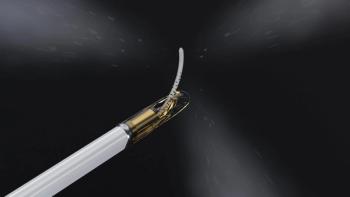
Podcast: Student Innovation Holds Promise for Breast Cancer Screening
Imagine a faster, inexpensive method for breast cancer screening. That’s some of the promise behind a new innovation from doctoral student, Sevan Goenezen, who has discovered a way to use ultrasound and advanced algorithms to differentiate between benign and malignant tumors.
[[{"type":"media","view_mode":"media_crop","fid":"1735","attributes":{"alt":"","class":"media-image","id":"media_crop_7567161365917","media_crop_h":"0","media_crop_image_style":"-1","media_crop_instance":"201","media_crop_rotate":"0","media_crop_scale_h":"0","media_crop_scale_w":"0","media_crop_w":"0","media_crop_x":"0","media_crop_y":"0","title":" ","typeof":"foaf:Image"}}]]Imagine a fast, inexpensive method for breast cancer screening. That’s some of the promise behind a new innovation from a doctoral student who has discovered a way to use ultrasound and advanced algorithms to differentiate between benign and malignant tumors.
Newsletter
Stay at the forefront of radiology with the Diagnostic Imaging newsletter, delivering the latest news, clinical insights, and imaging advancements for today’s radiologists.




























